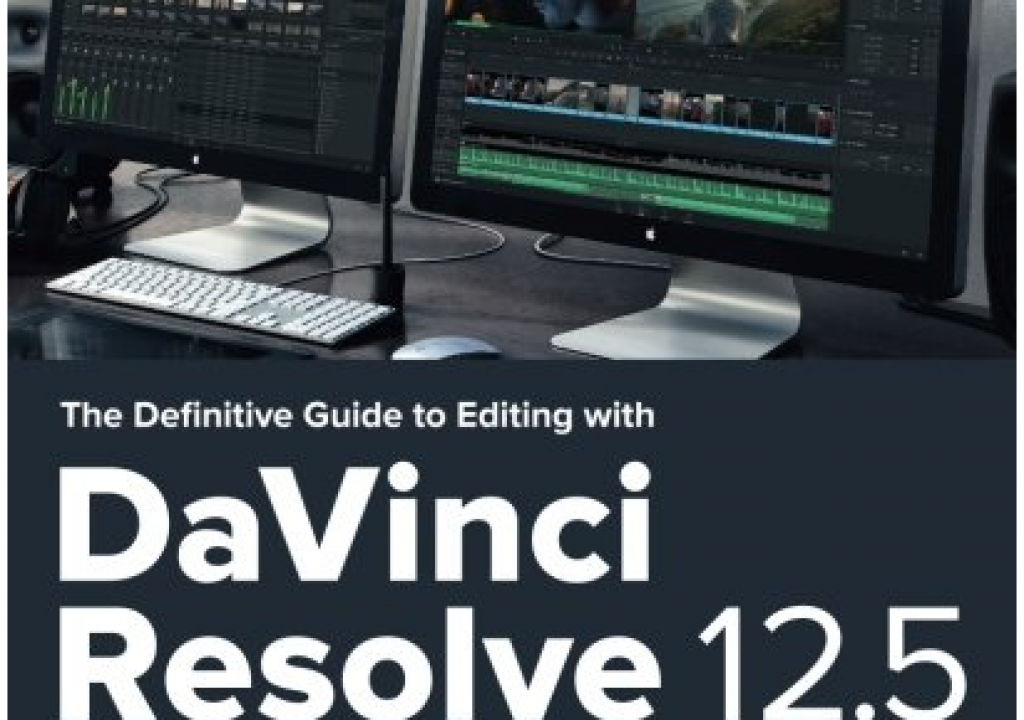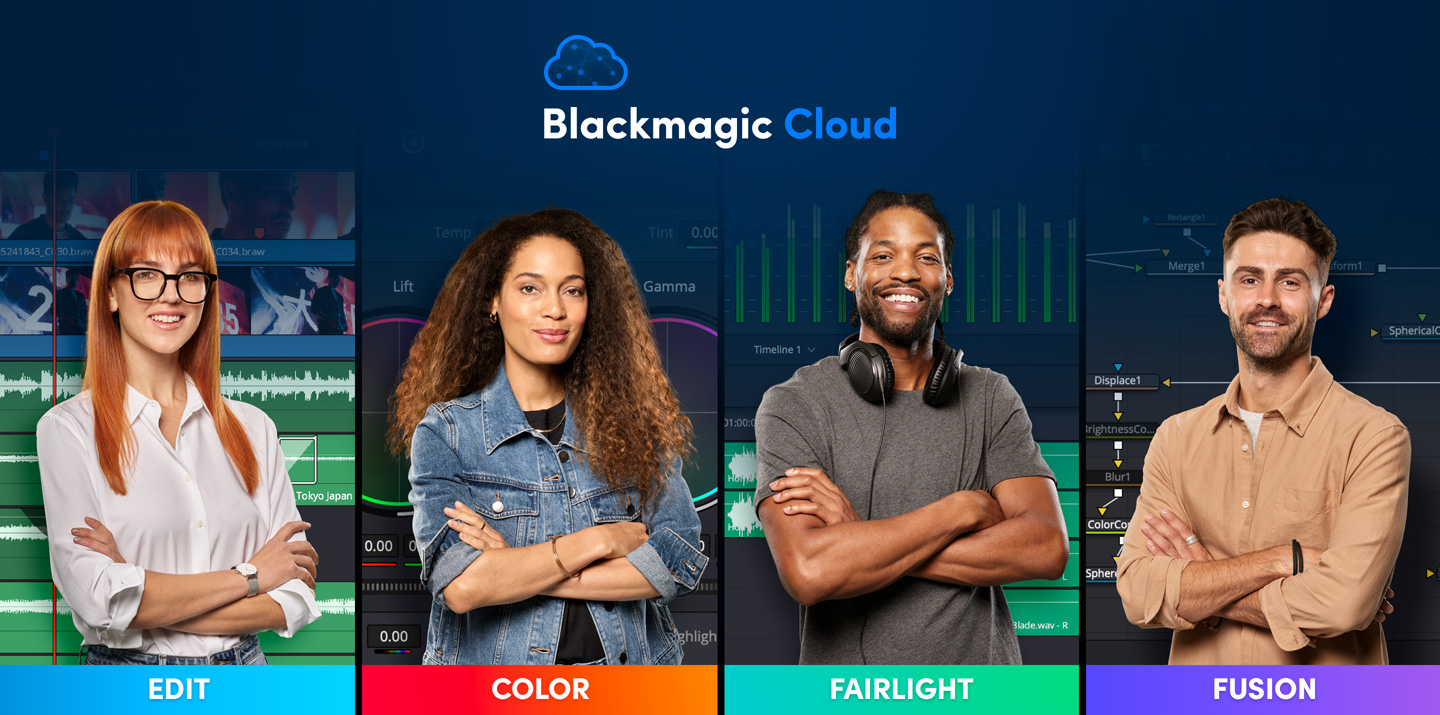

The air from the vocalist in turn strikes a microphone’s capsule, causing overwhelming air pressure. Plosives start when a singer or speaker pronounces certain breath heavy consonants. Since plosives are an overloading of a microphone’s capsule, due to a excessive air pressure, they typically occupy lower, bass heavy frequencies. You can remove plosives in post production by attenuating or fully cutting the frequencies they occupy. There are of course many ways to avoid recording plosives during tracking, but what if that option is long past, and you’re stuck with a plosive heavy track? If you need to change the angle you chose, right-click on the clip you want to change, select Switch Multicam Angle Clip > select one of the other camera angles.Engineers have been trying to avoid plosives for as long as the voice has been recorded.You can also utilize Audio Sync, a built-in tool available in Davinci Resolve, which we will run through in steps below.If the audio files do not line up, right-click on your multicam footage and select Open in Timeline and then find the spot you can align the audio and video files accordingly.This will make it easier to sync your audio with your footage in post. To sync up your audio while shooting, use an audio/visual cue such as a clapper board or an on-camera clap to spike the audio on all your recording devices.Make sure each camera’s audio is adjusted to a good audio level use a lav mic as needed.Make sure all your cameras have the same frame rate while shooting.Part 1: General Tips & Tricks for Multicam Editing Part 2: 2 Different Ways to Use Multicam Editing in DaVinci Resolve.




 0 kommentar(er)
0 kommentar(er)
